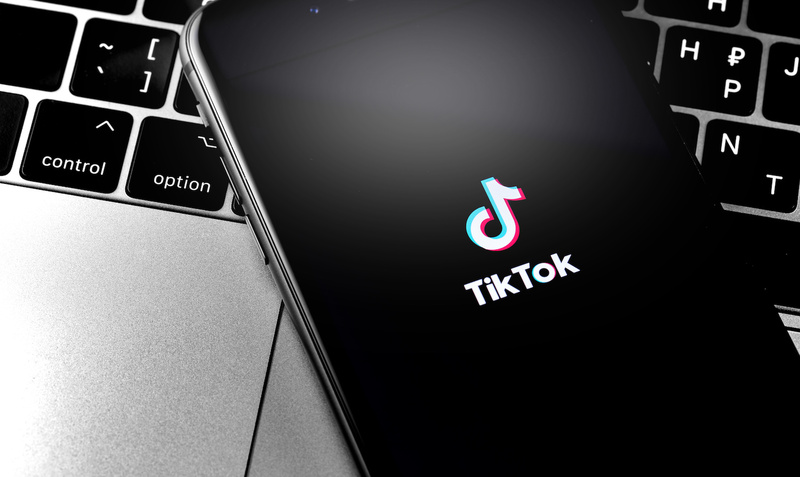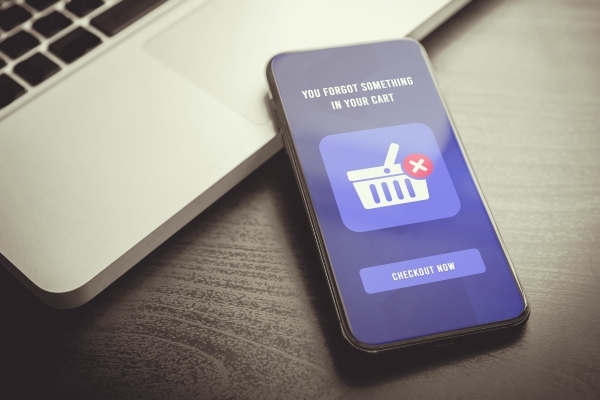
How can TikTok be used for Business?
With more than 2 billion downloads since its 2016 release (over 1 billion of these since 2019), TikTok has become the place to be on the internet. Currently, the app has over 800 million active monthly users, situated in more than 150 countries.
For comparison, it took Instagram six years to reach the number of active users that TikTok does. Whilst the largest demographic is the ages 16-24, there’s content to be enjoyed by people of all generations. As a business, you’d be silly not to take advantage of the benefits of promoting yourself on such a huge platform. Here’s how businesses and brands can use the social media app.
Creating Content for TikTok
The best place to start is by posting content onto your business’s TikTok account. TikTok itself recommends that businesses ‘Don’t make Ads. Make TikToks.’ It’s important to stay up to date with current trends, and TikTok trends change fast. A challenge, song, or dance that is highly popular one week may appear boring or dated the next.
Make sure to take advantage of trending songs and dances, but maybe add your own twist. For example, Ryanair’s TikTok account is particularly successful at joining in on a fad by creating something specifically relevant to their brand – such as featuring planes with human faces in their TikToks. Businesses can be creative when incorporating elements of their brand in TikToks in an entertaining manner.
Advertising on TikTok
As well as posting to a TikTok account, perhaps the most effective tool that businesses use on TikTok is paying for Ads to feature on the ‘For You’ page. These include:
- Brand takeovers – consisting of static images, gifs, or 3-5 second videos, with embedded links connected to website landing pages or hashtags within the platform
- Top view – 15 second videos where users can click out internally to a Hashtag Challenge or external URL
- In-feed video – under 15 seconds, the impact of which is measured by the number of clicks, impressions, CTR, video views, play duration, and video interactions.
Additionally, businesses can pay to have sponsored Hashtag Challenges promoted, often resulting in hundreds of videos by users partaking in the challenge, and millions of views (aka, User Generated Content – or, UGC). For example, the Samsung #GalaxyA campaign had over 158 million views, and the Nike hashtag has almost 1 billion views.
Hashtag Challenges achieve an average engagement rate of 8.5% through likes, comments, and shares. Therefore, UGC serves as free advertising, the impact of which can quickly snowball. Of course, when devising a challenge, it is important to create something that is easy or engaging enough for most TikTok users to participate in.
Working with Influencers
Finally, many brands will approach influencers and propose a working relationship – whether to create just one sponsored TikTok, or multiple. Find people who work within your niche in order that they can promote your business in a realistic manner to an audience of people with similar interests. From there, TikToks can not only be shared to other users on the platform, but copied and shared onto other social media sites, increasing the number of potential viewers further.
Overall, TikTok offers businesses even more ways than most social media sites to engage with consumers and to promote their brand in creative ways across the globe.





